
Anemia
Anemia occurs when there are not enough red blood cells inside the body. Anemia has many types, but the most common is anemia caused by iron deficiency in the body; Where red blood cells contain a protein full of iron called hemoglobin; Hemoglobin transports oxygen-rich blood to the cells of the body. The lack of iron in the body will lead to the inability to form the hemoglobin that the body needs, and thus anemia, and the lack of folic acid and vitamin B12 may affect the body’s ability to form red blood cells.
Natural treatments for anemia
Herbs used to treat anemia
It is important to know that the use of herbs may cause side effects or stimulate the occurrence of these effects, and may interfere with the work of some types of them, so; It is important to pay attention not to use them except under medical supervision, and it is worth knowing that the use of herbs to treat diseases or to strengthen the body takes a long time to show results, and among the herbs that can be used to treat and control anemia are the following:
- Spirulina; Spirulina is a type of blue-green algae that is used to treat some types of anemia; However, the patient should pay attention when taking it and consult the attending physician if he is taking immunosuppressive drugs.
- Alfalfa; Medicago sativa is a traditional remedy used to strengthen and purify the blood. It may increase the strength of the blood and restore hemoglobin to its normal level in cases of simple anemia; However, it may interfere with some medications and treatments such as blood-thinning medications; Warfarin, lithium, and digoxin, and it is used by placing its roots in water over low heat for twenty minutes or placing its leaves for five minutes, and it can also be combined with some other types of herbs used to treat anemia, such as: dandelion, burdock, or yellow sour plant.
- Dandelion: The dandelion herb (Taraxacum officinale) is used for some cases of anemia, and it is used in the same way and with the same precautions that are followed when using the alfalfa herb.
- Burdock; The roots or leaves of the burdock herb (in English: Arctium lappa) can be used in the same way as precautions like the use of alfalfa to treat anemia.
- Yellow acid: The yellow acid herb (Rumex Crispus) is also used to treat cases of anemia, according to the directions for the use of alfalfa.
- Yellow Kushad: Yellow Kushad (Gentiana lutea) is used to treat cases of anemia; This is done by facilitating and stimulating the absorption of iron and other nutrients from the digestive system (in English: Digestive System); But you should pay attention not to use this herb in cases where medications are taken to lower blood pressure; This is because the yellow Koshad herb may cause a severe drop in pressure, and it is worth noting that Chinese herbalists do not use this herb in cases of chronic pain or frequent urination.
- Nettles; Stinging nettle contains many substances that contribute to the treatment of anemia, such as iron, and vitamin C, which helps the body absorb iron, and chlorophyll, which helps treat cases of iron deficiency anemia.
Plants and foods used to treat anemia
Although there is no specific type of food to treat anemia; However, a healthy diet filled with some types of foods helps to control and control anemia, and the exact treatment depends on the type of anemia and its causes; However, some foods include several types of nutrients that are able to support and increase the number of red blood cells in all cases, and these types include the following:
- Beetroot; Beetroot is considered one of the best natural remedies
for anemia. It increases the blood in the body and cleanses the body by providing it with oxygen.
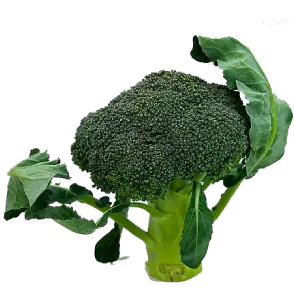
- Leafy vegetables; Where leafy vegetables, especially dark ones, are an important source of nonheme iron, and some types of them contain folic acid, and examples of leafy vegetables are:
- Spinach, kale, Swiss chard, and others, but it is important to know that although some types of leafy vegetables such as spinach and cabbage contain iron; However, it contains oxalate. Which may cause iron absorption, so; It is not possible to rely on eating leafy vegetables alone to treat anemia, but must be introduced as part of the diet.
- Cereals, examples of grains that contain iron include Kidney Beans,
Chickpeas, Soybeans, Pinto Beans, and Black Beans. , lima beans, and others.
- Nuts and seeds: Many nuts and seeds contain iron, but it is best to eat them
raw, including: Pumpkin Seeds, Cashews, Pistachios, and Hemp seeds, Pine Nuts, Sunflower Seeds, Almonds; However, it contains large amounts of calcium, so; Eating it may not increase iron levels in the body significantly.
- Blackstrap molasses, where blackstrap molasses is a by-product of the sugar refining process, although it does not contain
large amounts of important nutrients that help replenish the natural nutrients in the body; Which increases the production of red blood cells, examples of which are: iron, manganese, and others.
Symptoms of anemia
Symptoms of anemia may seem minor and go unnoticed at first. However, the symptoms worsen with the increase in the severity of the anemia, and the symptoms vary according to the cause that led to the anemia, but in general, they include the following:
- Fatigue and general weakness.
- Yellowing and pallor of the skin.
- Irregular heartbeats.
- Shortness of breath.
- Dizziness
- Chest Pain
- Cold Hands and Feet.
- Headache

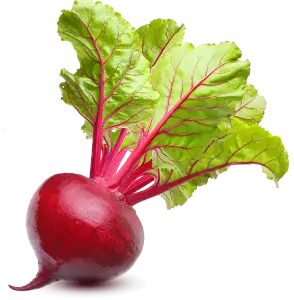
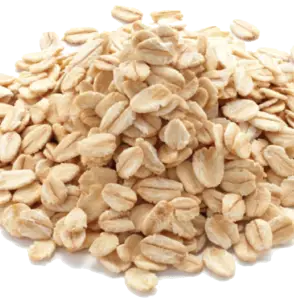
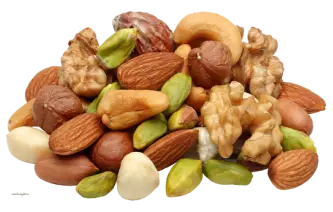
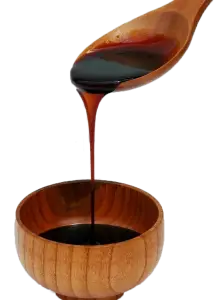













0 comments:
Post a Comment